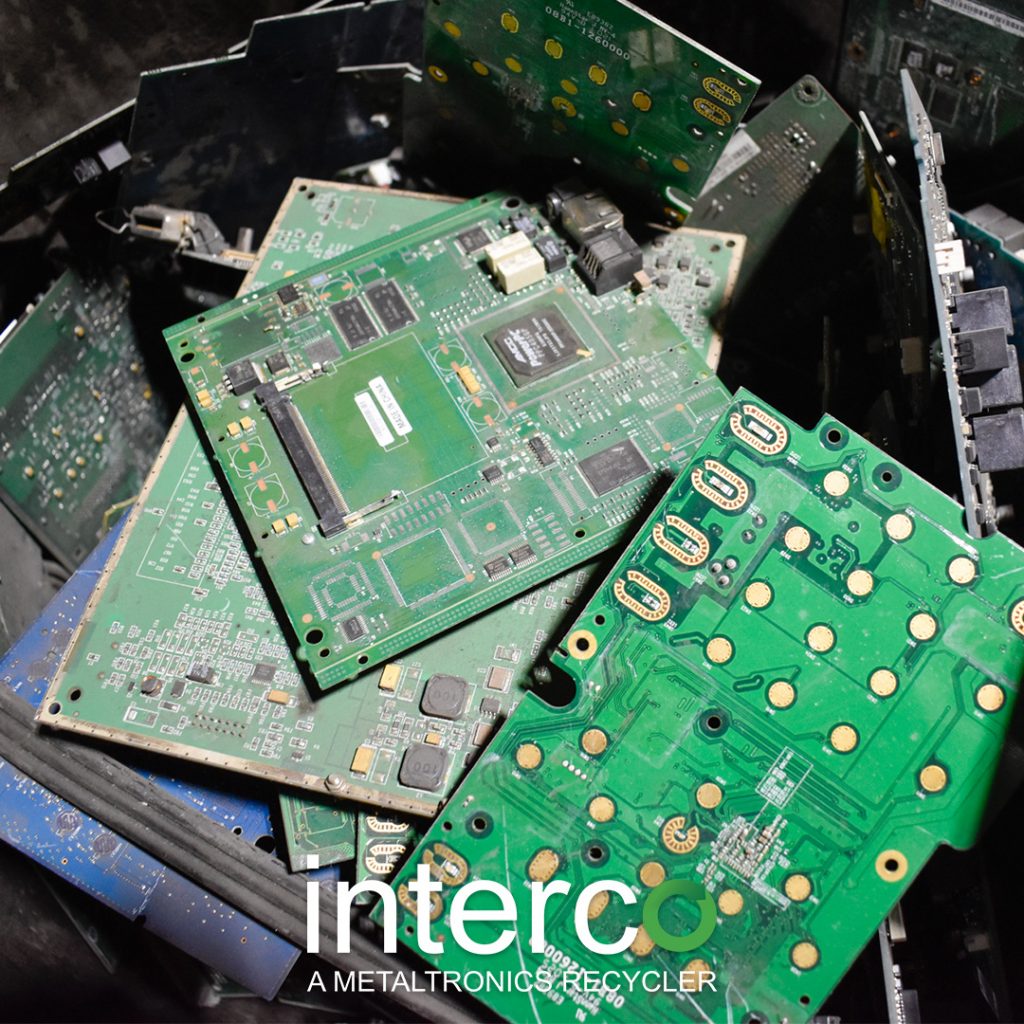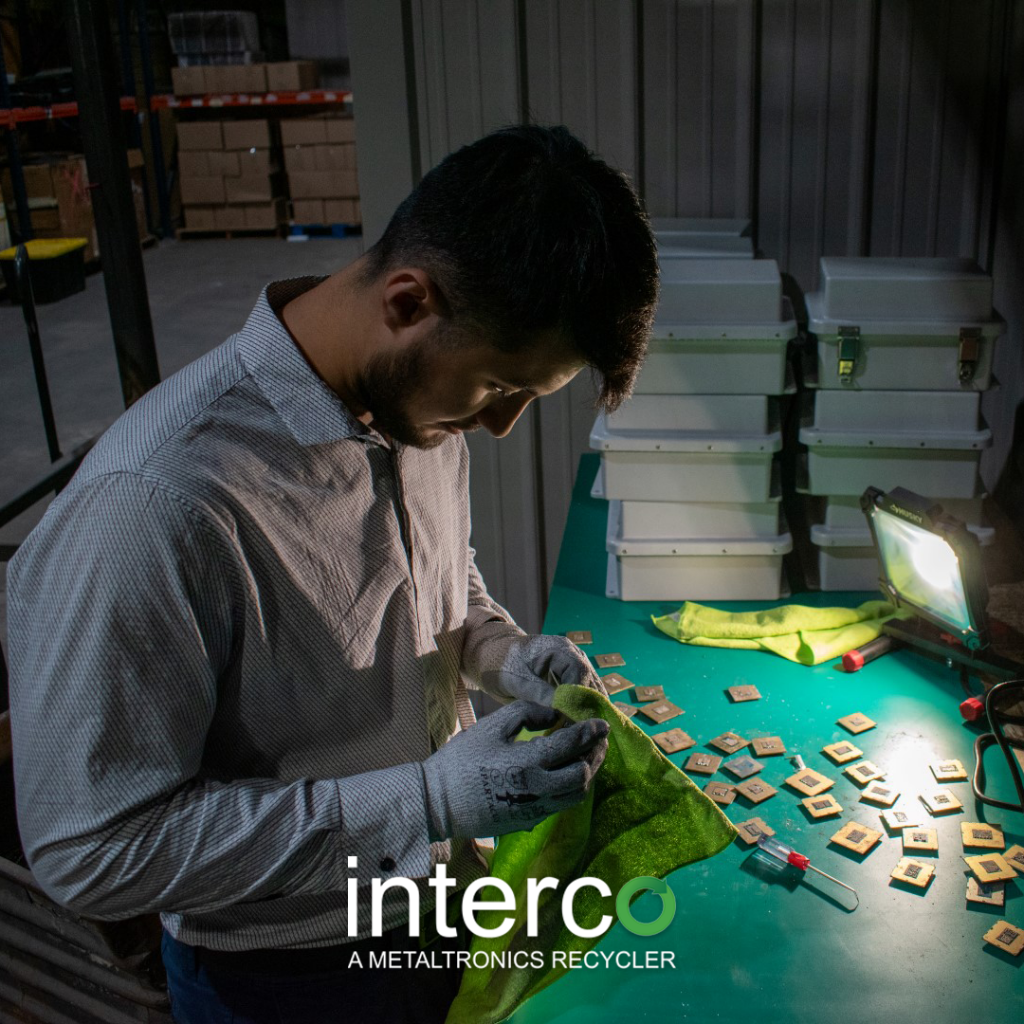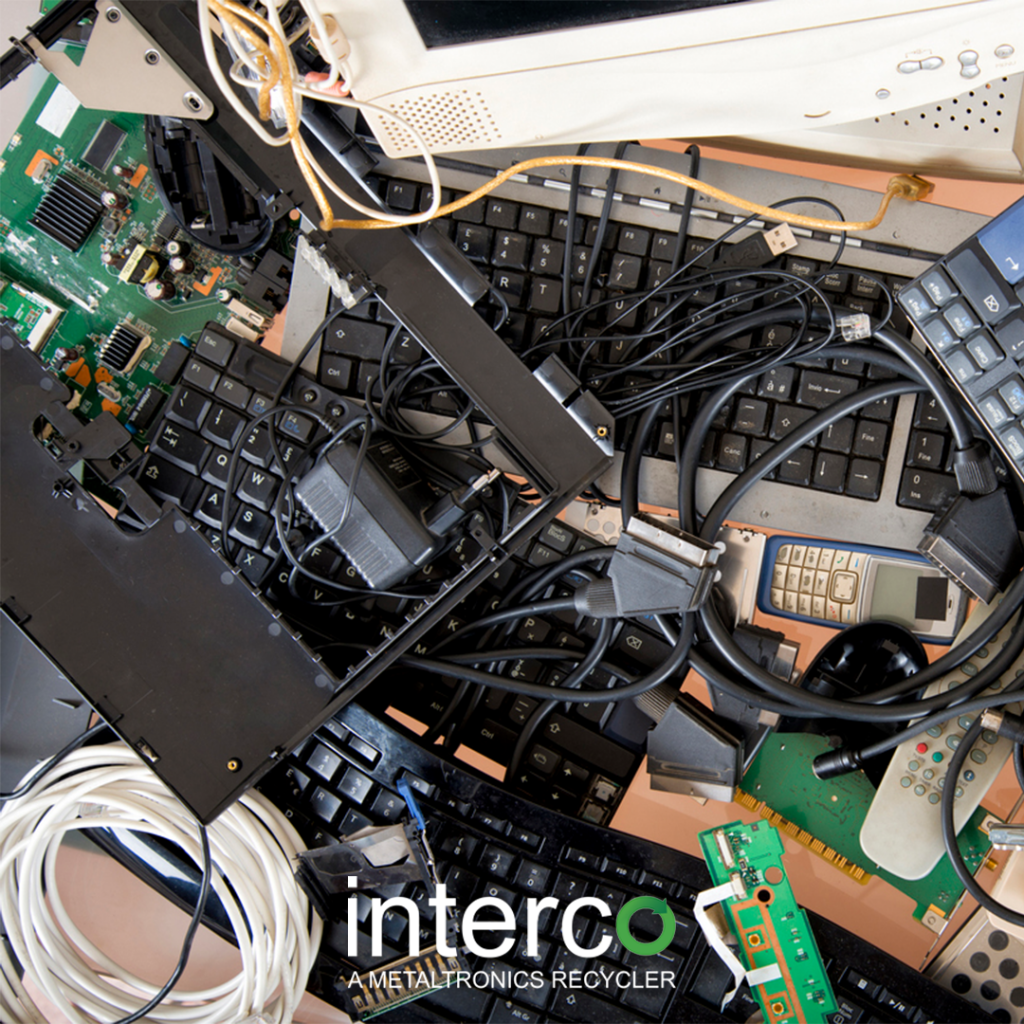Recycling eWaste Made Easy: A Guide

Recycling eWaste Made Easy: A Guide
eWaste or electronics recycling is the process of recovering material from old devices to use in new products. Recyclers use the term eWaste in reference to electric products in our daily lives that end up being recycled or in landfills. Therefore, the term represents end-of-life computer and electronic devices includes:
- Computers
- Phones
- Televisions
- Fax machines
- Stereo and more
According to the Electronics TakeBack Coalition, it takes 1.5 tons of water, 530 pounds of fossil fuel, and 40 pounds of chemicals to manufacture a single computer and monitor. The process of recycling used computers and electronics assures proper processing and results in a rich source of raw material and solid waste management.

The Stages of eWaste Recycling Explained
Collection and transportation are the beginning stages of the recycling process, including for eWaste. After collecting these waste computer and electronics products, recyclers sort the material into categories. Then, technicians test the material to determine potential reuse.
Once the testing process completes, functional components often sell to second-hand resellers or to the manufacturer. Computer and electronics recycling companies further separate the components into ferrous and non-ferrous metals. Then, as facilities complete the disassembly, recyclers perform the removal of data in components such as memory cards. The shredding process then occurs as materials transform into a composite. Recyclers pass the debris and utilize special techniques to recover valuable components. In fact, recovery of special metals like gold occurs from smelting.
Finally, after shredding, sorting and separation completes, recyclers prepare separated materials for sale as usable raw materials to produce new electronics or other products.

Why Recycle eWaste?
The bulk of these electronic products end up in landfills, and recycles only 12.5% of eWaste. According to a UN study, there was over 41.8 million tons of eWaste discarded worldwide, with only 10%–40% percent of disposals appropriately done. Additionally, devices at the end of their useful life if recycled can contribute to collecting valuable materials. Electronics are full of valuable materials, including copper, tin, iron, aluminum, fossil fuels, titanium, gold and silver. In a report, Apple revealed that it recovered 2,204 pounds of gold – worth $40 million – from recycled iPhones, Macs and iPads in 2015.
Electronics recycling can be challenging because of the varying proportions of glass, metals and plastics. Although, electronics contain various toxic and hazardous chemicals and materials release into the environment if we do not dispose of them properly. So, nobody can overlook the great impacts of computer and electronics recycling.
The list of benefits of eWaste recycling to man and environment at large grows daily. The process reduces water, air, and soil pollution, protects natural resources, reduces the space required for landfills and creates employment. The computers and electronics around us from old computers, laptops and monitors all fall into the category of eWaste.
If you are interested in recycling eWaste with Interco, please click here.